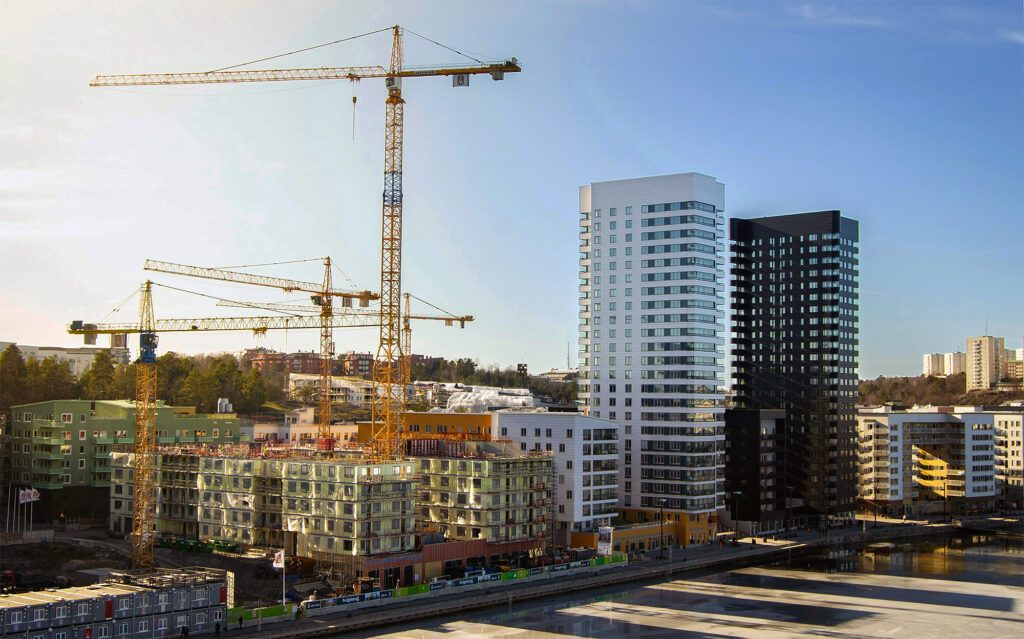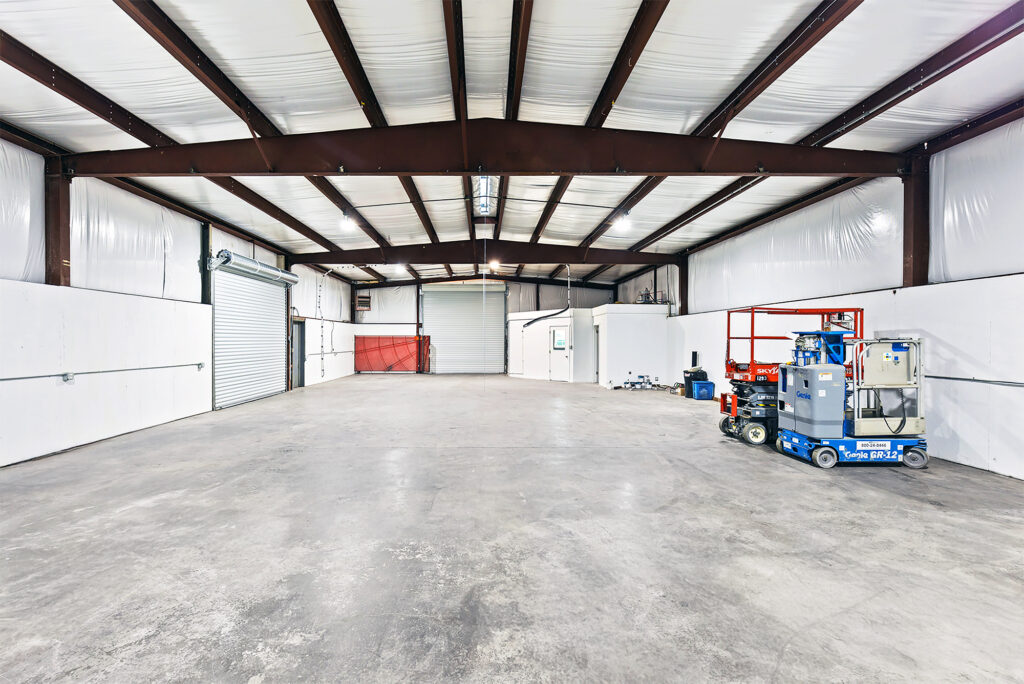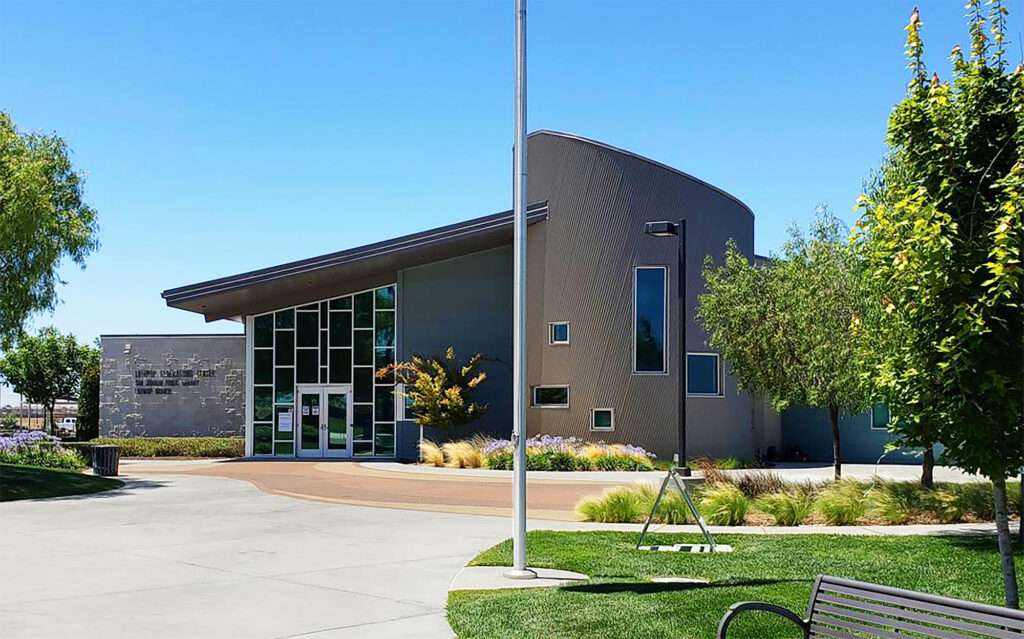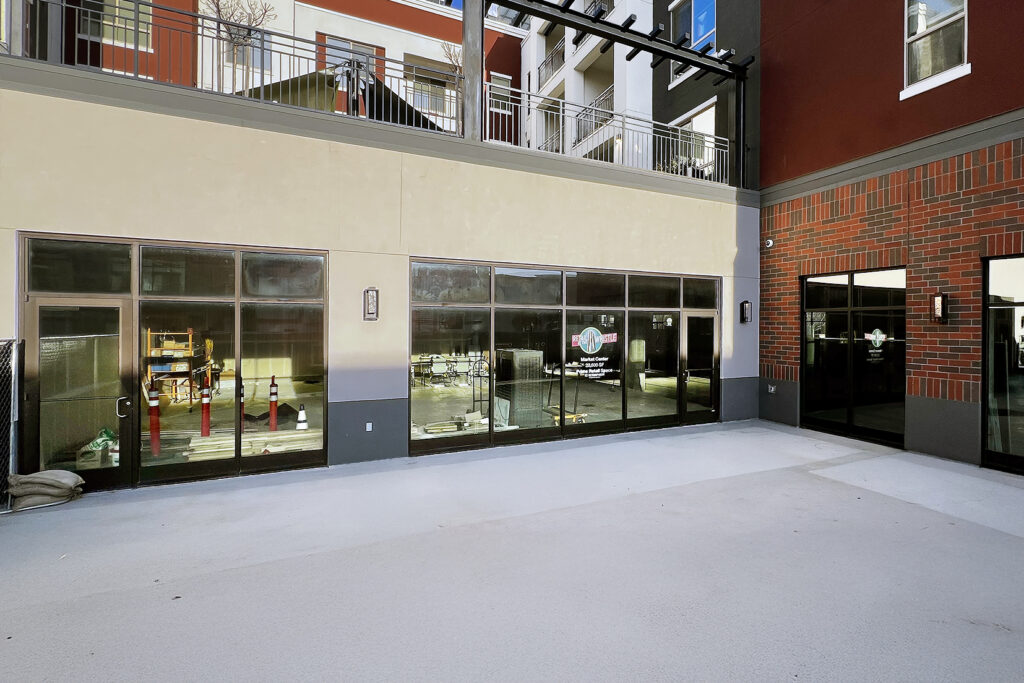Redding, California, is quickly becoming a popular spot for commercial real estate. This city in Northern California is seeing growth across different types of properties, including office spaces, industrial buildings, retail shops, and apartment complexes. Many businesses and investors are noticing Redding because of its mix of small-town charm and growing business opportunities.
In this post, we’ll look at some of the main trends shaping Redding’s commercial real estate market today. We’ll cover what’s happening in the office, industrial, retail, and multifamily sectors and discuss why these trends matter for business owners, investors, and anyone interested in Redding’s real estate scene. Whether you’re looking to lease, buy, or just understand what’s driving growth here, this guide will give you a clear picture of the market right now. If you’d like to stay up to date on the market, Capital Rivers produces a quarterly Redding Commercial Real Estate Market Report that focuses on office, retail, multifamily and industrial segments.
Overview of Redding’s Commercial Real Estate Market
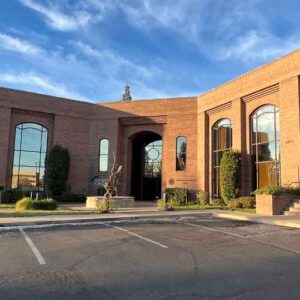 Redding’s commercial real estate market is thriving and has something for everyone. The main types of properties here include office buildings, industrial spaces, retail shops, and multifamily housing. Each of these sectors has its own unique trends and opportunities, attracting different kinds of investors and businesses.
Redding’s commercial real estate market is thriving and has something for everyone. The main types of properties here include office buildings, industrial spaces, retail shops, and multifamily housing. Each of these sectors has its own unique trends and opportunities, attracting different kinds of investors and businesses.
The city’s economy is growing, which is helping boost demand for these commercial properties. Businesses are moving into Redding, and local companies are expanding, which means more need for office space, warehouses, and retail locations. On top of that, more people are choosing to live in Redding, creating a higher demand for apartments and multifamily housing.
These changes are making Redding an exciting place for commercial real estate. Investors are drawn to the area because of its steady growth, and businesses see it as a place where they can grow and thrive. This mix of factors is creating a strong market with lots of possibilities for everyone involved.
Trend 1: Office Sector Insights
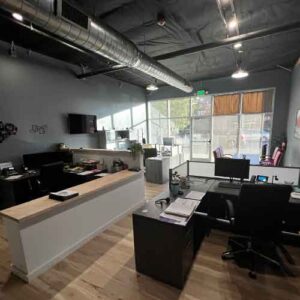 The demand for office spaces in Redding is strong, with low vacancy rates showing that companies are actively seeking places to set up. Many businesses are choosing Redding because it offers a good balance between affordable space and a supportive business community. This high demand means that office spaces are filling up quickly, and it can sometimes be challenging for new businesses to find available spots.
The demand for office spaces in Redding is strong, with low vacancy rates showing that companies are actively seeking places to set up. Many businesses are choosing Redding because it offers a good balance between affordable space and a supportive business community. This high demand means that office spaces are filling up quickly, and it can sometimes be challenging for new businesses to find available spots.
Rental prices for office spaces are also on the rise, reaching an average of $17.20 per square foot. This steady increase shows that Redding is seen as a valuable location for businesses looking to grow. As more companies adopt flexible work models, like hybrid setups, there may be shifts in office space needs, but for now, demand remains high.
Trend 2: Industrial Sector Growth
Strong Demand for Industrial Spaces – The industrial sector in Redding is seeing strong demand. Businesses focused on manufacturing, storage, and logistics are looking for spaces to support their operations. With a low vacancy rate of just 3%, industrial spaces are in high demand, and many companies are eager to secure these types of properties.
Rising Rental Rates – As more businesses seek industrial space in Redding, rental prices have climbed to an average of $7.60 per square foot. This steady increase reflects the sector’s growing importance in Redding, especially as online retail and logistics continue to expand. For companies needing storage and production facilities, Redding is becoming a key location.
Trend 3: Resilient Retail Sector
 Retail spaces in Redding are holding strong, with vacancy rates staying low at around 3.8%. As more people move to the area, there is a steady demand for local shops, restaurants, and service-based businesses. Many businesses see Redding as a good place to set up because they can reach new customers in a growing community.
Retail spaces in Redding are holding strong, with vacancy rates staying low at around 3.8%. As more people move to the area, there is a steady demand for local shops, restaurants, and service-based businesses. Many businesses see Redding as a good place to set up because they can reach new customers in a growing community.
Rental rates for retail spaces are also increasing, currently averaging around $17.40 per square foot. This rise in prices shows that retail spaces are valuable in the Redding market. Businesses are becoming more creative with how they use their spaces, with some shifting to mixed-use areas or combining retail with experiences to attract customers. This trend reflects a positive outlook for Redding’s retail market as it adapts to new shopping and lifestyle habits.
Trend 4: Multifamily Sector on the Rise
High Demand for Apartments and Housing Units – Redding’s population is growing, and with it, the need for more housing options like apartments and condos. The vacancy rate for multifamily housing is currently very low, at just 2%, which shows a strong demand for places to live. Many people are choosing Redding for its affordable cost of living and quality of life, making this sector essential for the city’s growth.
Increasing Rental Prices – Rental prices for multifamily units are also on the rise, averaging about $975 per month. This steady increase attracts investors who see Redding as a great location for reliable rental income. With the demand so high, multifamily properties offer a good investment choice, providing both stability and growth potential.
A Good Choice for Investors – The low vacancy rates and rising rents make multifamily housing one of the most promising investment options in Redding. As more people continue to move to the area, the demand for housing will likely stay strong, offering consistent returns for investors in this sector.
Trend 5: Investment Activity and Sales
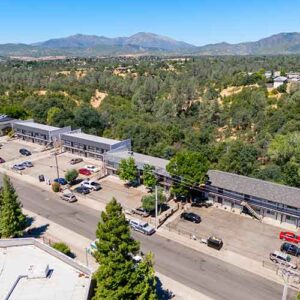 Growing Interest in Office and Industrial Spaces – Investment in office and industrial spaces is on the rise in Redding. Investors are drawn to these sectors because of the city’s steady demand and low vacancy rates. Office spaces are selling at around $151 per square foot, while industrial properties are selling for about $80 per square foot. These prices show that investors see strong potential in Redding’s commercial market.
Growing Interest in Office and Industrial Spaces – Investment in office and industrial spaces is on the rise in Redding. Investors are drawn to these sectors because of the city’s steady demand and low vacancy rates. Office spaces are selling at around $151 per square foot, while industrial properties are selling for about $80 per square foot. These prices show that investors see strong potential in Redding’s commercial market.
Why Redding Attracts Investors – Redding’s mix of affordable property prices and a growing economy makes it an appealing place for investors. Many see it as a chance to enter a market with high demand and good returns without the high costs of larger cities. The stable market conditions, combined with a supportive local economy, make Redding an attractive spot for long-term investments.
Positive Outlook for Future Growth – With more investors focusing on Redding, the city’s commercial real estate market is likely to keep growing. The steady interest in both office and industrial properties shows confidence in the area’s potential. As the city continues to expand, Redding could become a key location for commercial real estate investments in Northern California.
Trend 6: Economic Indicators Influencing the Market
Redding’s economy is growing, and this has a direct impact on the commercial real estate market. Employment rates are rising, with new jobs bringing more people and businesses into the area. Wages have also increased, giving people more spending power and making Redding a more attractive place to live and work. These factors drive demand for both commercial spaces and multifamily housing, as businesses need offices and retail spaces, and people need places to live.
This economic growth gives investors and business owners confidence in Redding’s future. With a stable job market and increasing wages, the city offers a strong foundation for long-term investments. As Redding continues to grow, the demand for commercial and residential properties is expected to stay strong, creating more opportunities for growth in the real estate market.
Conclusion
Redding’s commercial real estate market is thriving, with strong demand across office, industrial, retail, and multifamily properties. The city’s growing economy, low vacancy rates, and rising rental prices make it an attractive place for both investors and businesses looking to expand. As more people choose Redding for its quality of life and opportunities, the demand for commercial spaces is likely to keep growing, creating a promising outlook for the city’s real estate market.

